Bioassessment Program
| Click Any Image Below To Enlarge | |||
|---|---|---|---|
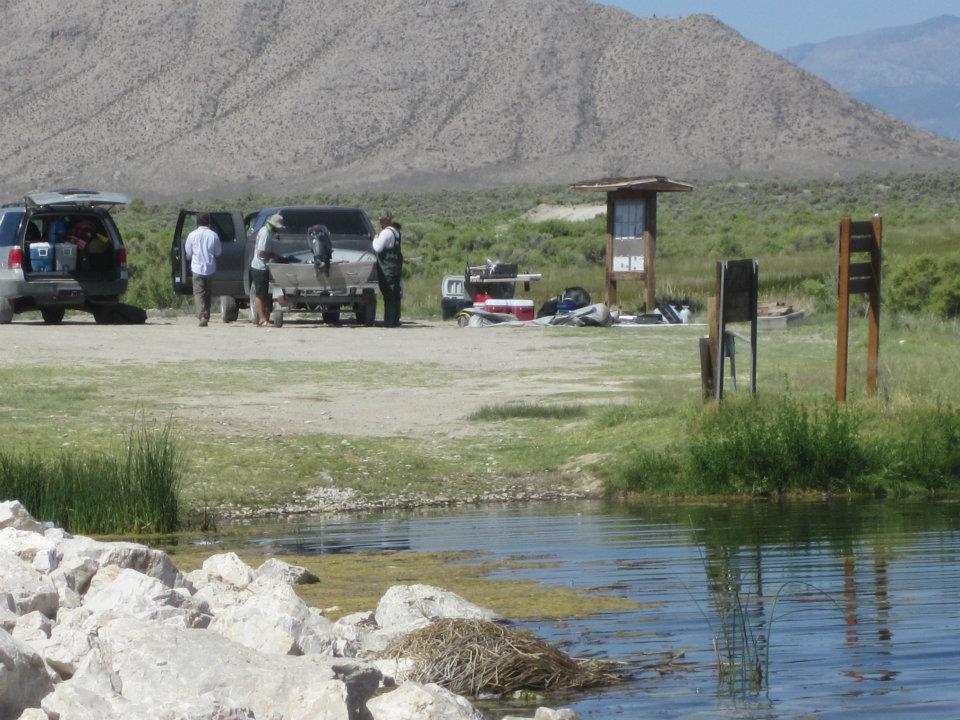 |  | ||
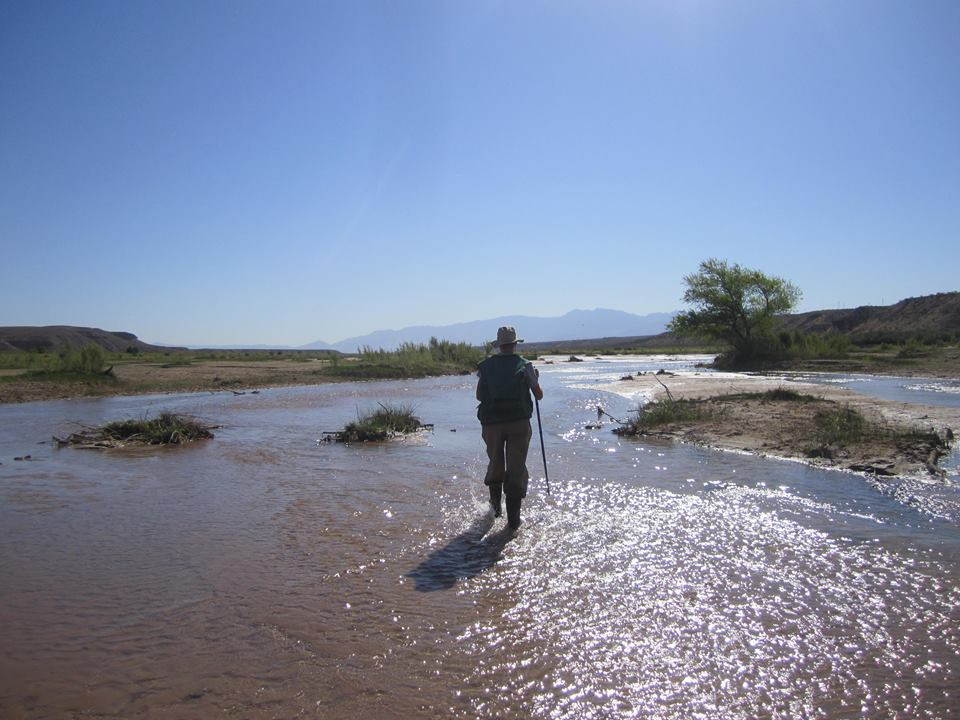 | 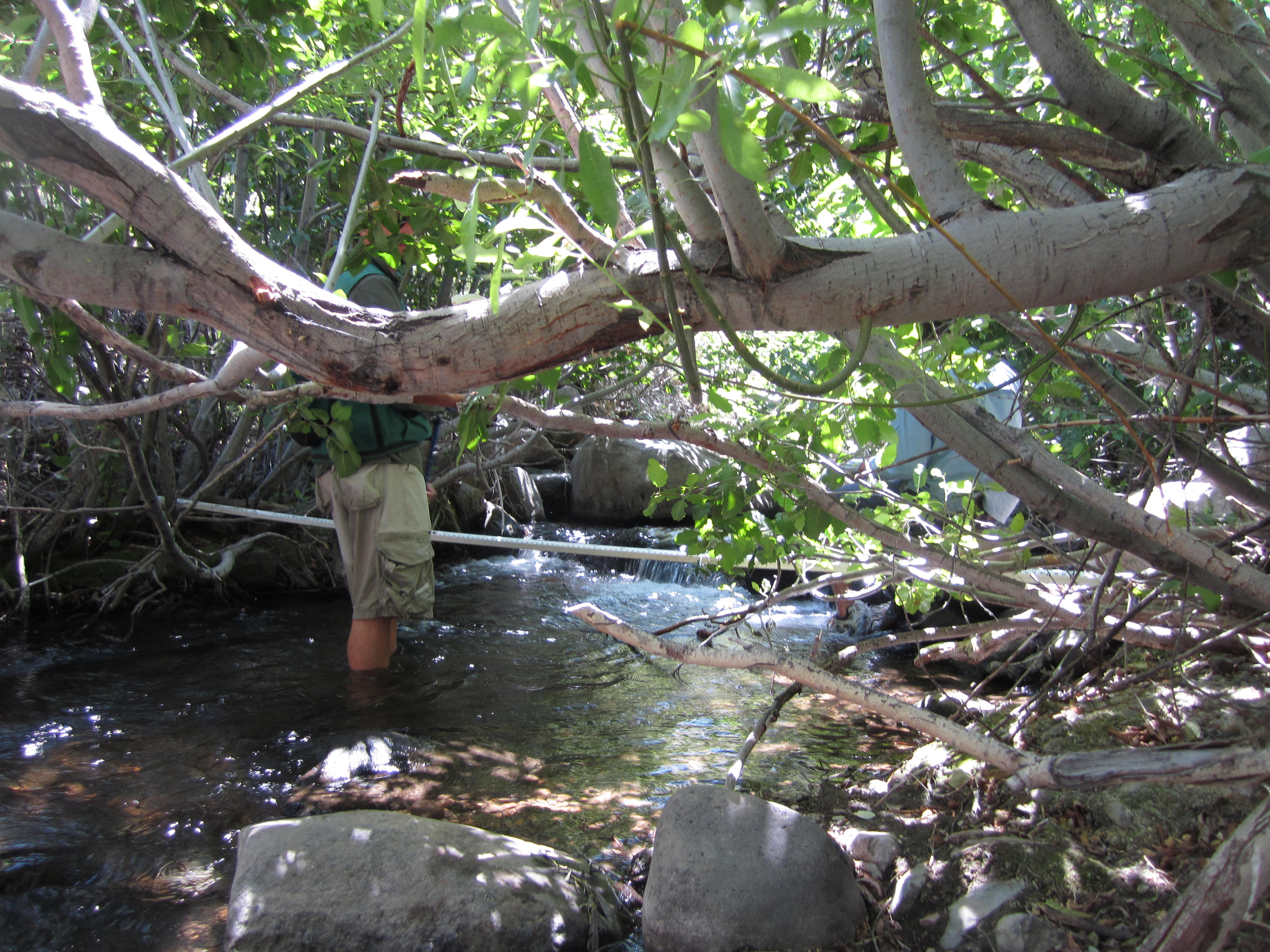 | 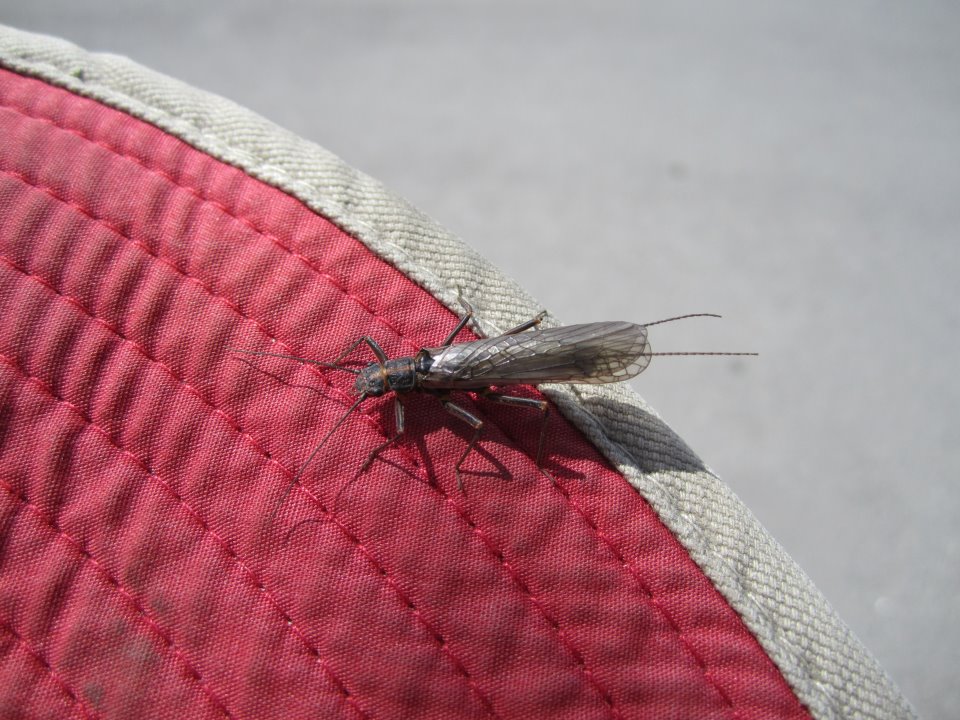 | |
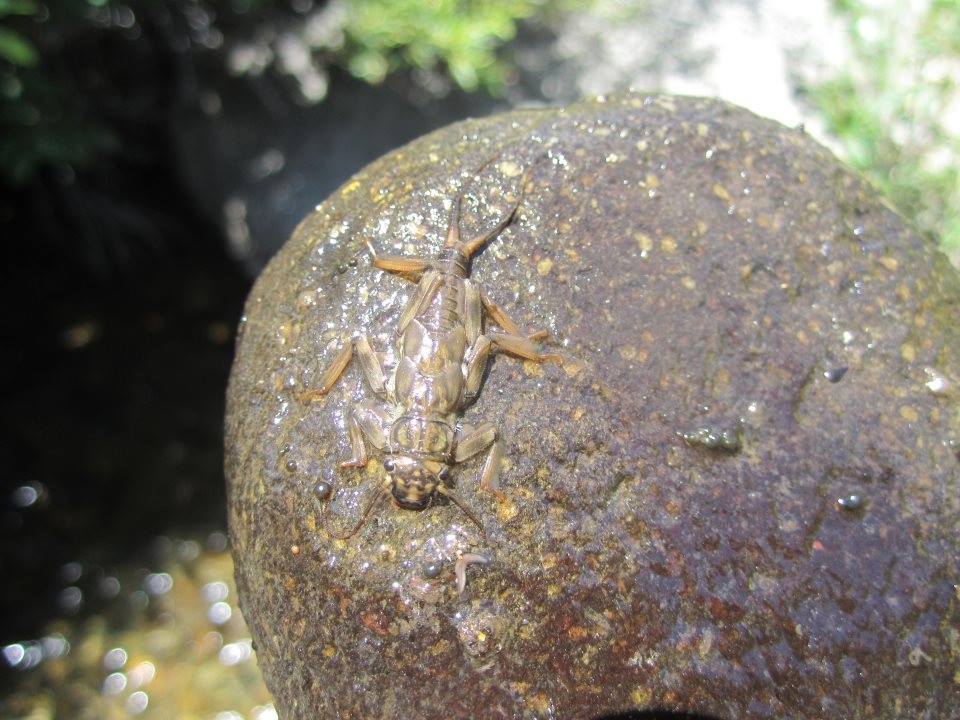 |  | 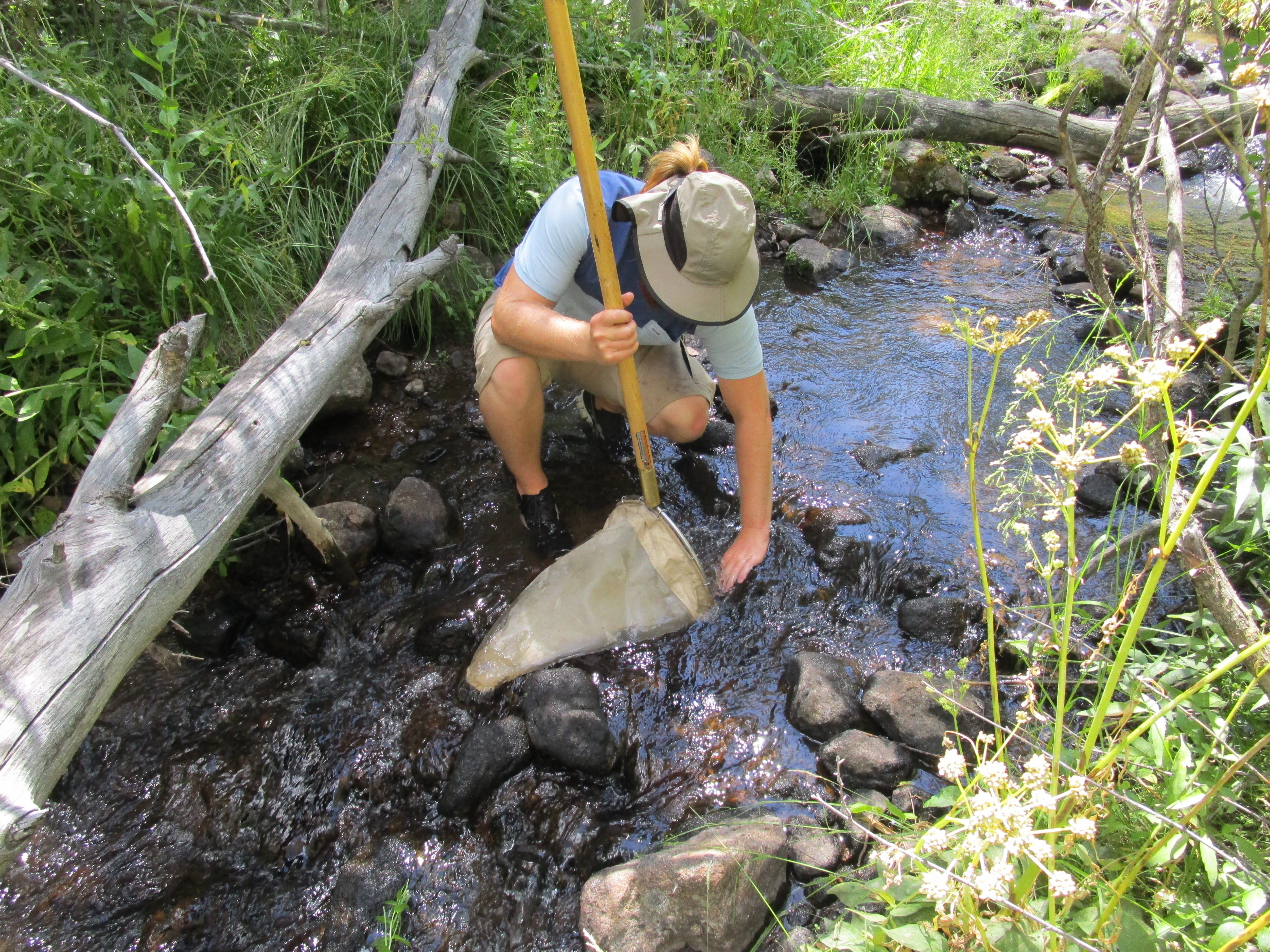 | |
Since 2000, the Bioassessment Program has conducted annual bioassessments throughout all of Nevada to evaluate the ecological integrity of Nevada’s wadable streams and rivers. Ecological integrity can be defined as
“The capability of surface water to support and maintain balanced, integrated community of organisms by having diverse species, composition, and functional environment comparable to the natural habitat of the region.”
Biological condition, water quality and physical habitat are vital in the evaluation of overall ecological integrity of Nevada’s wadable streams and rivers.
Assessing the biological condition includes:
- Analyzing the composition of benthic macroinvertebrates and periphyton.
- Documenting the condition of the riparian habitat.
Evaluating water quality includes:
- Collect measurements of dissolved oxygen, pH, conductivity and water temperature.
- Independent laboratory analysis of water column chemistry.
Describing the physical habitat includes:
- Assessing stream channel characteristics such as substrate, bank stability, depth and flow.
The program objectives includes:
- Monitoring the biological condition, water quality, and physical habitat of wadable streams and rivers throughout the State. This is accomplished through comparing conditions, references, targeted and repeat site data.
- Support the development of water quality standards (WQS) and total maximum daily loads (TMDLs) through bioassessments. This is accomplished by collaborative efforts, routine assessments, expanded surveys and special investigative projects.
- Investigate areas of concern, identified by the BWQP’s 303(d)/305(b) Integrated Report and/or interested parties. Evaluate if WQS, beneficial uses and ecological integrity measures are being met by performing one or more bioassessments on the site of concern. Including verifying WQS, determining the TMDLs and utilizing results to analysis impairments (if present).
- Document and describe data through analyzing, and reporting, the condition of Nevada’s wadable streams and rivers. This is accomplished by analyzing field data, independent results of water chemistry, benthic macroinvertebrates, and periphyton. The results are then consolidated into reports and presentations for internal and external parties.
The Bioassessment Program participates in EPA’s National Aquatic Resource Surveys (NARS). NARS is a five-year rotating cycle of aquatic assessments including lakes, rivers, streams, and wetlands. The results contribute to a nationwide report on aquatic resources presented at Congress. More information on the NARS program can be found here.
The Bioassessment Program also regularly participates in educational events, workshops and conferences to share the results of Nevada’s bioassessments with the public and scientific community.
The Nevada Quality Assurance Program Plan (QAPP) for the Bioassessment Program establishes specific quality requirements for the collection and management of the bioassessment data.
For more information on the Bioassessment Program or to request taxonomic data, contact wfettgather [at] ndep.nv.gov.
